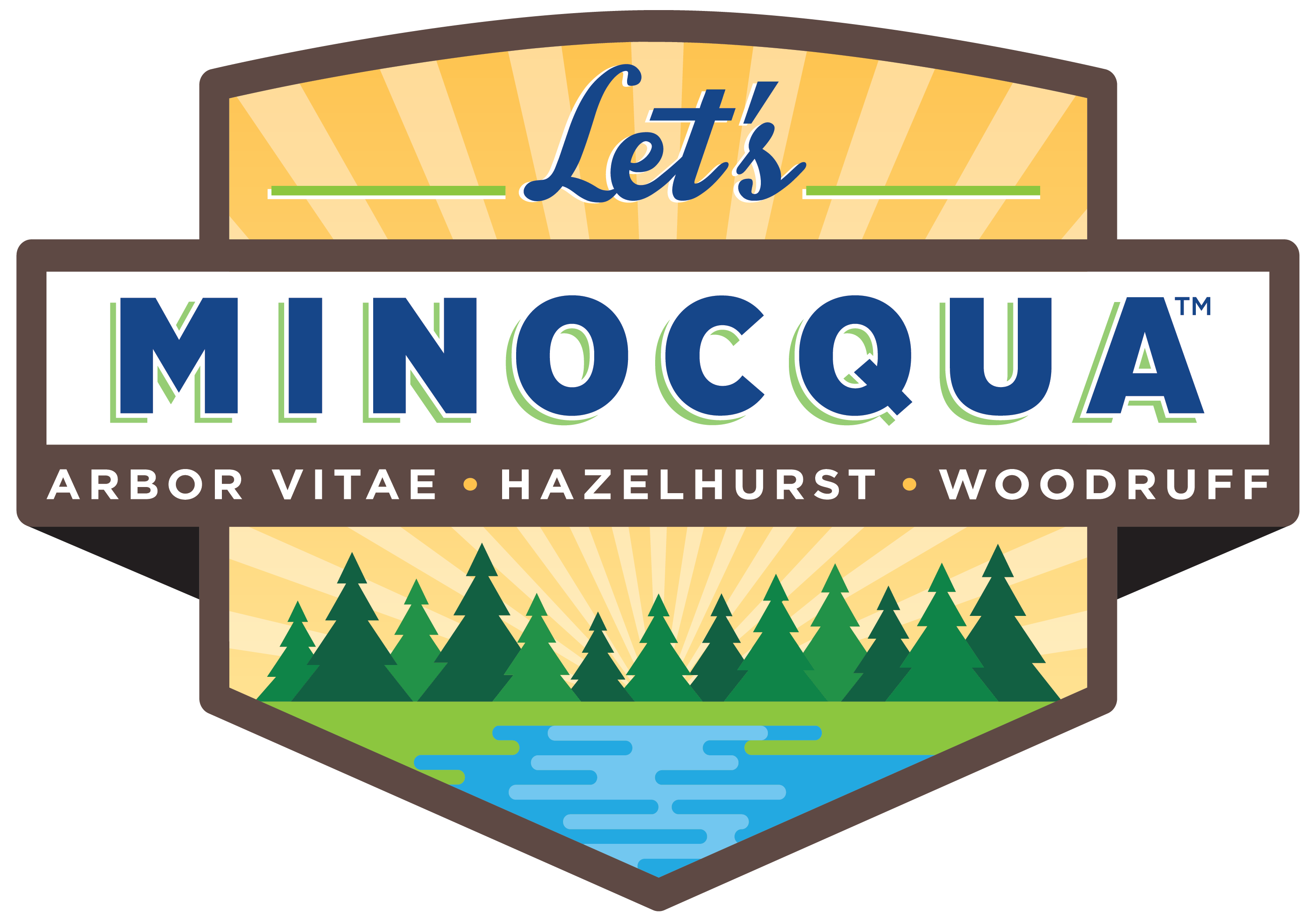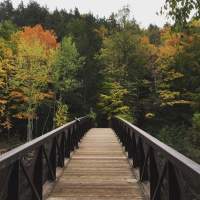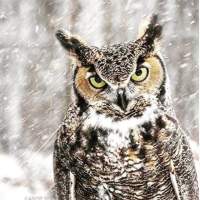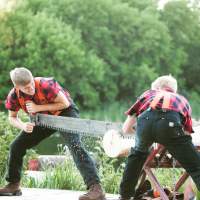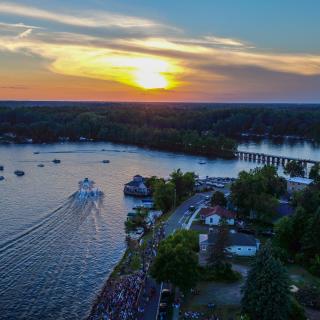Thousands of local lakes provide the perfect opportunity to escape the hustle and bustle of everyday life
Whoever said the best things in life are free must have been relaxing on a quiet lake in the Northwoods of Wisconsin, where the days are long and night falls gently. When light grows faint on the horizon and stars begin to twinkle overhead, it’s a signal to pull up a chair close to the water. Resident loons, just a shadow on the lake in the deepening twilight, call taps with the haunting wails. In a few hours, the sky will be dense with stars, the Milky Way a gleaming arc of white.
But wait! There’s a wealth of activity to be enjoyed before easing into the evening. The Minocqua area has 2,300 freshwater lakes, the highest concentration in the world. Our larger lakes are ideal for energizing summer activities — boating, water skiing, wakeboarding and tubing. These social activities are enhanced by a more-the-merrier philosophy.
If your personal philosophy tends toward fewer-is-better, and if peace and quiet is your aim, you’ll want to search out the area’s smaller lakes. They’re not hard to find. A visit to dnr.wi.gov yields a tool that allows you to search lakes by county (Vilas or Oneida), feature (boat landing, beach, public land, type of fish) or name. The list indicates lake size, which is useful for finding quieter lakes. State regulations require slow wake on any lake smaller than 50 acres that has public access. Some lakes do not allow motors at all.
Public access doesn’t always mean a boat landing, notes DNR fisheries biologist John Kubisiak. “A lot of small lakes have carry-in access and will have a slide instead of a boat ramp,” he says.
Ordinances regulating use and speed of motors vary from lake to lake. More than 500 local boating ordinances have been passed by local jurisdictions. The best way to know whether local regulations — stricter than state regulations — apply to a given lake is to look for a sign at the public boat landing.
It takes a bit of exploration and some effort to find the quietest lakes, but when it’s hard to get to, you’re more likely to find the quiet you’re looking for. “If you want to get off the beaten path, well, you have to get off the beaten path,” says Kubisiak. “And I can’t tell you where that is, because then it wouldn’t be off the beaten path anymore.” In other words, in keeping with the Northwoods fishing tradition of never revealing where you caught “the big one,” you don’t reveal the whereabouts of your favorite quiet lake.
Activities on smaller, quieter lakes are many and varied. Most center on simple observation. Many birds are more easily seen from the water than from land. The Northwoods has a higher concentration of eagles and ospreys than elsewhere in the state; they can be seen circling overhead, fishing or perched atop a majestic white pine or other tall tree. Kingfishers, with their raspy flight cry and elegant coloring, swoop from one good fishing spot to another, and are often seen perched on branches above the water. Great blue herons occur in abundance, but are easily startled; it can be easier to catch them unaware when approaching quietly by water. Loons sometimes pop up quite close to a canoe or kayak. A glimpse of an adult loon with a baby on its back makes a charming picture, and it can be great fun to watch as parents teach their young to fish. Pack a field guide to identify the many waterfowl you might see, especially the very colorful wood duck.
The water offers a good vantage point for observing mammals, too. “A lot of wildlife hangs out near the water,” says DNR wildlife biologist Jeremy Holtz, whose voice is heard regularly discussing wildlife on WXPR. “Water attracts everything, and up here, you’re never far from the water.” “Northwoods Wildlife: A Watcher’s Guide to Habitats” by nature writer Janine M. Benyus makes it easy to learn about upper Midwest wildlife, habitat by habitat.
If you see several dark heads bobbing up and down in the water, it’s probably otters at play. When summer turns hot and buggy, deer like to hang out in the shallows and on the banks, where it’s cooler and there might be a breeze. It’s even possible to see a bear along the shoreline. Look for a hillside with downed logs; they like to grub about in that kind of setting, searching for the delicacy of insect larvae.
Canoeing and kayaking offer a close-up glimpse of some of our most beautiful shoreline flora. Again, a Wisconsin field guide can be invaluable. “Trailside Botany” by Lakeland area naturalist John Bates, includes sections on bog plants and wetland/open water plants, and the DNR website offers information.
Harvesting native wild rice is a culturally rich late summer/early autumn activity. It’s still harvested by hand — mechanical harvesting devices are prohibited by law, and those harvesting must be in boats “propelled by muscular power, using paddles or push poles.” You do need a permit to gather wild rice. Visit dnr.wi.gov/topic/outdoorrecreation/activities/rice.html for details.
Sometimes simple solitude is sufficient for satisfying summer recreation. Canoes and kayaks are excellent for solo outings. Another choice that is growing in popularity is stand up paddle boarding (SUP). Don’t worry about looking foolish if you’ve never tried it before. According to a report by the Outdoor Industry Association, more than half of SUP participants tried the sport for the first time in 2012. It’s an excellent, low-impact workout that develops core and lower body strength for balance and upper body strength for propulsion. Our scenic lakes offer the perfect spot for mastering the sport. Like canoes and kayaks, stand up paddle boards are available for rent in Minocqua.
A day paddling on a quiet lake, whether sitting in a canoe or kayak, or standing on a paddleboard, is all but guaranteed to leave you relaxed and more than ready to ease into the evening reverie as twilight takes the day and stars begin to twinkle. Come morning, your wake-up call will be the laughter of loons. If you’re lucky, a Great Blue silhouetted against the golden dawn will remind you why you’re here. It costs nothing to indulge in the splendor of the Northwoods, yet it has restorative properties beyond anything money can buy.
